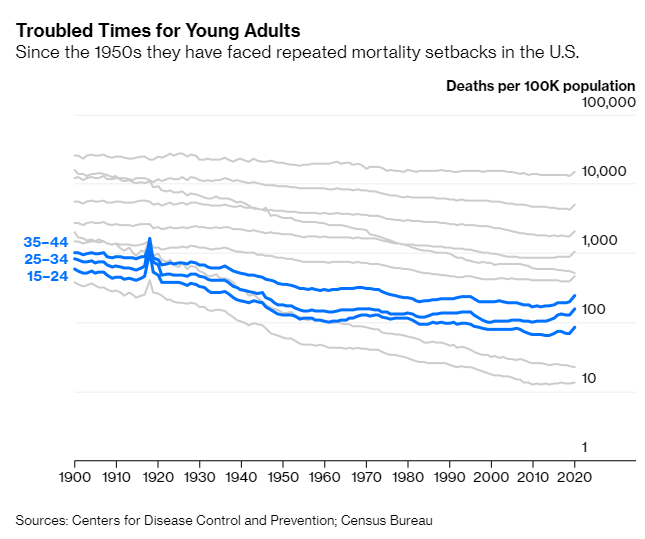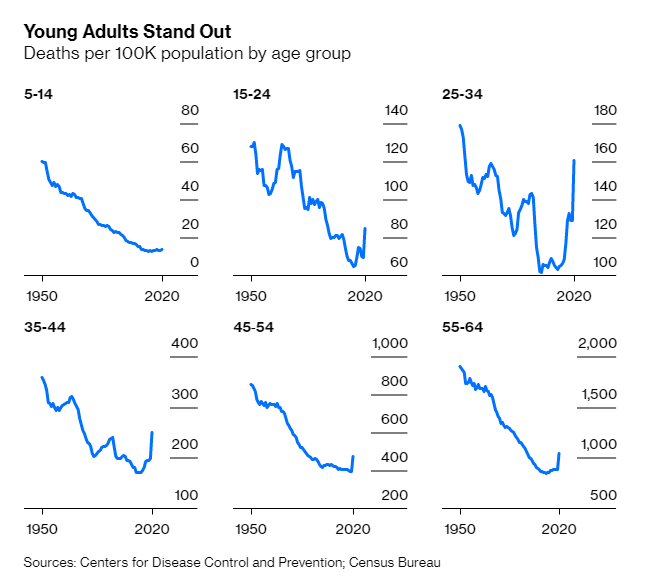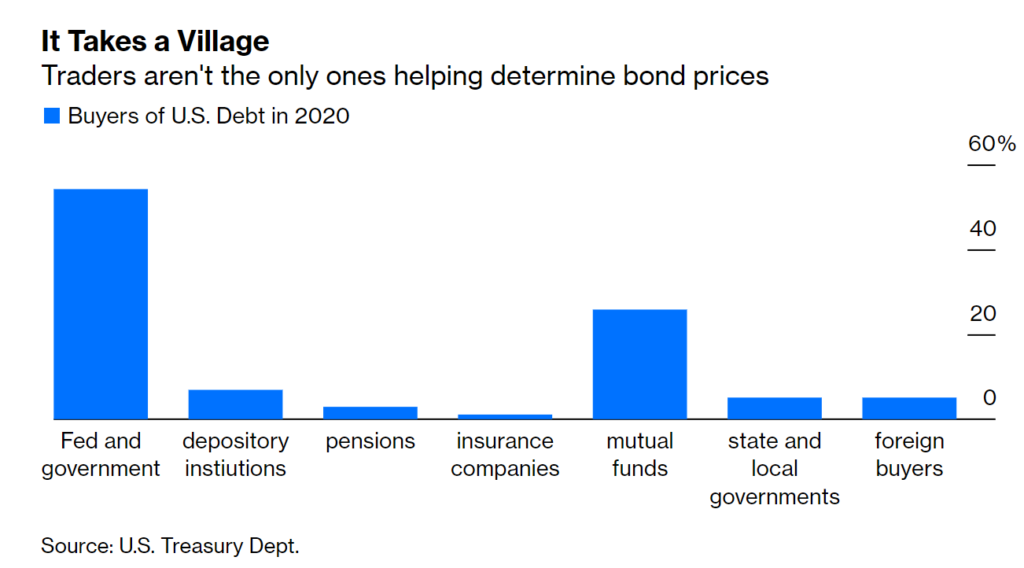Excerpt:
A National Association of Insurance Commissioners’ task force today created a subgroup to focus solely on the index-linked annuity products.
“These products are exclusively filed in the states as variable annuities and are funded through non-unitized separate accounts,” read a notice to the task force from Pete Weber, chief life actuary at the Ohio Department of Insurance. “The task force has discussed developing a draft standard for minimum interim values for these products and providing direction for implementing the standard.”
Regulators gave the Index-Linked Variable Annuity Subgroup a 2021 charge to: Provide recommendations and changes, as appropriate, to nonforfeiture, or interim value requirements related to Index-Linked Variable Annuities.
Author(s): John Hilton
Publication Date: June 2021
Publication Site: insurancesnewsnet





